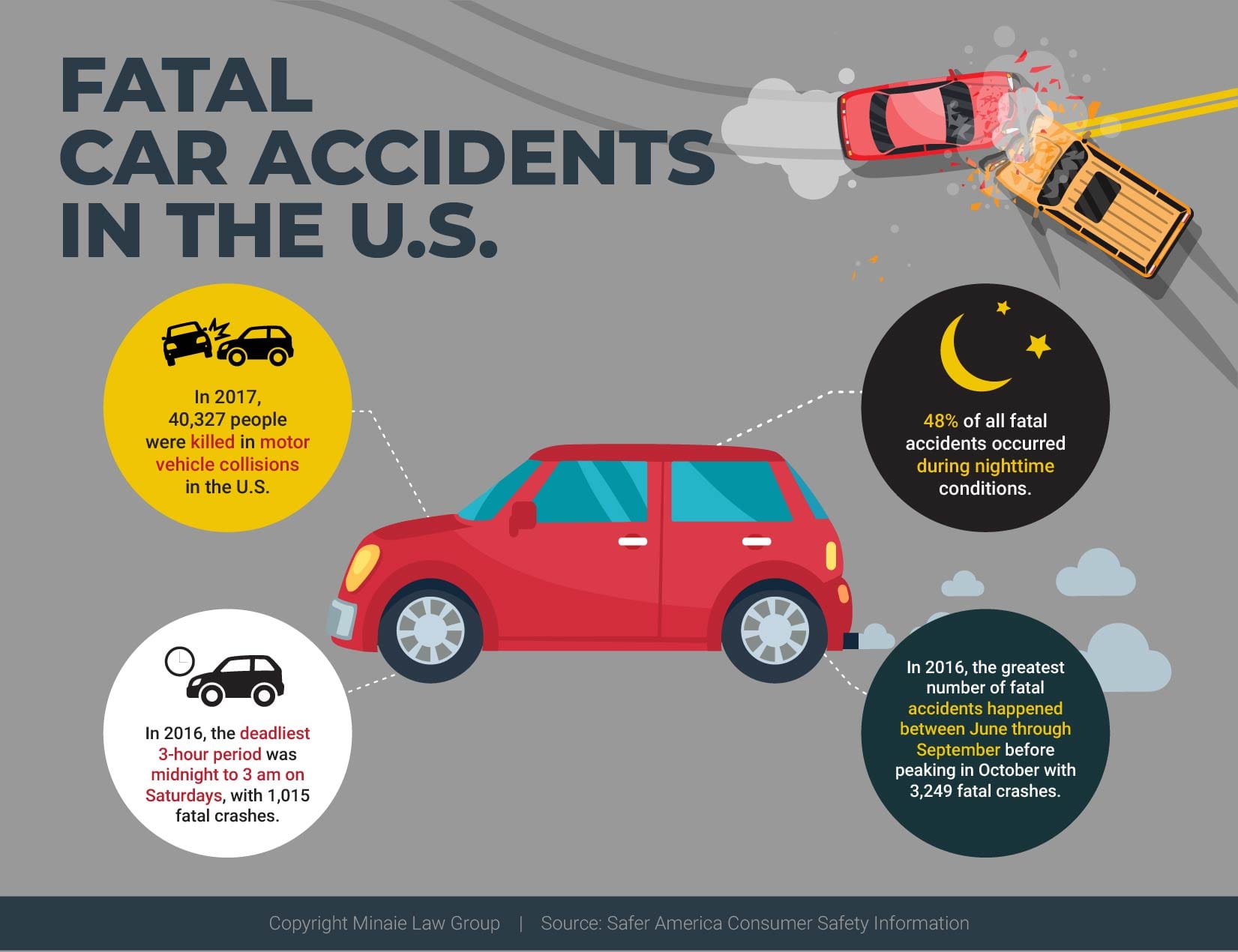Car accidents are the leading cause of death among teenagers and younger adults. Although fatal car accidents have been decreasing recently due to advances in car design, some modifiable driver-associated behaviors can further reduce the risk of fatal car accidents.
Wear Your Seatbelt
Wearing your seatbelt is the easiest way to reduce your risk of dying in a car crash. In most states, you can be ticketed for not wearing your seatbelt, and most modern cars emit alarms until you comply and buckle up.
Obey the Speed Limit
Speed limits are set for good reasons. Roads that have lower speed limits are more likely to have pedestrians and other cars suddenly enter the road, and drivers going too fast will be unable to react in time. On highways, the speed limits are also based on reaction times to sudden events and whether cars can safely negotiate curves. During adverse weather conditions, it is essential to slow down and drive below the speed limit.
Focus on Driving
Distracted drivers are a major cause of serious car accidents. When you are driving, you need to drive. Texting, fiddling with the radio, talking on a cell phone (even a hands-free unit), and conversing with a passenger or singing along with the music can all result in an accident.
Impaired Driving
Impaired drivers are involved in many fatal accidents. Impairment doesn’t just refer to having drunk alcohol; drivers who are tired, on prescription medication, or sick may also be impaired.
Young Drivers
Teenage drivers have a three-fold higher risk of getting in a fatal accident than adult drivers. Male teenage drivers are the major cause of fatal teen driver accidents, with a two-fold higher risk of getting in a fatal accident than female teenage drivers. Most of these crashes are due to inexperience and poor judgment, but some modifiable factors have been identified that also contribute to young driver accidents:
- Reckless driving
- Driving at night
- Having teenage passengers in the car
- Impaired driving
Some states and parents have responded to the high rate of young driver fatalities by forbidding them to drive at night or to transport teenage passengers.
Weather
Adverse weather can also contribute to fatal crashes. Weather conditions that cause poor visibility, such as heavy fog, have caused many multi-car pileups. Slippery conditions like black ice, rain, and snow can cause serious accidents. Before driving in adverse weather, drivers should consider whether a) their vehicle can handle the conditions (e.g., snow tires, AWD, fog lights), and b) they have sufficient driving experience to handle such conditions.







